Greek Pottery Decorations: Unveiling Ancient Beauty and Meaning
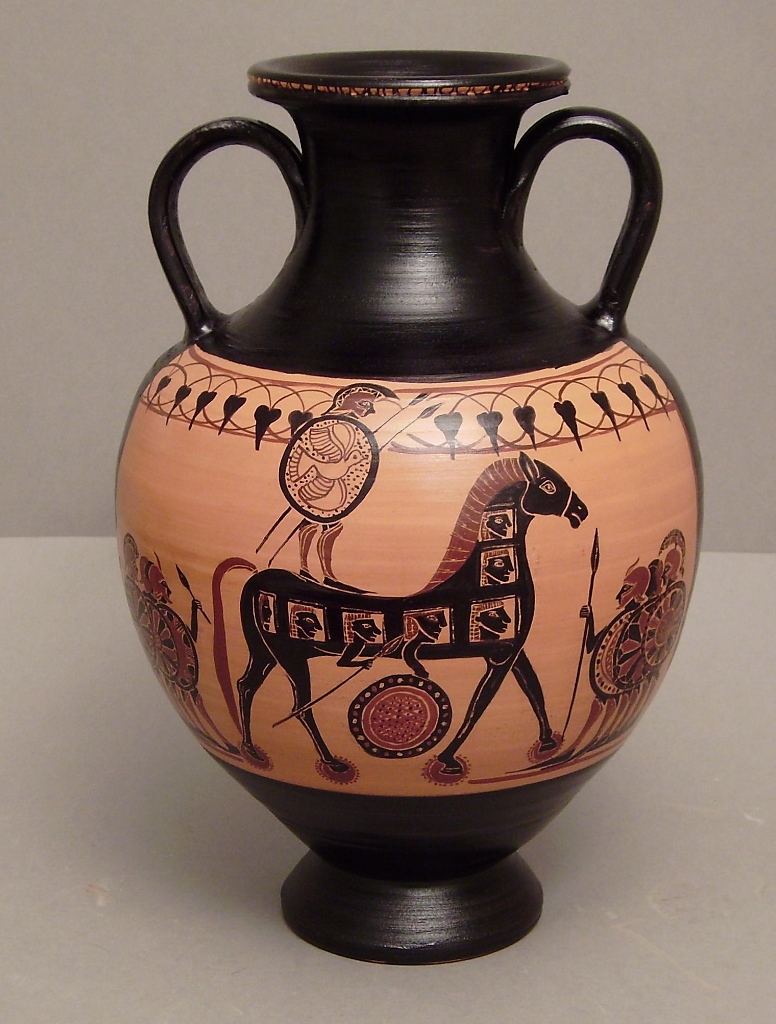
Greek pottery stands as a testament to the rich cultural and artistic legacy of ancient Greece. These vessels, often dismissed by modern viewers as merely functional or decorative, were in fact intricate canvases capturing a myriad of stories, myths, and everyday life scenes from the Greek world. The decorations on Greek pottery are not just art but windows into the past, providing insight into the societal, religious, and cultural values of ancient Greeks.
The Evolution of Greek Pottery Styles
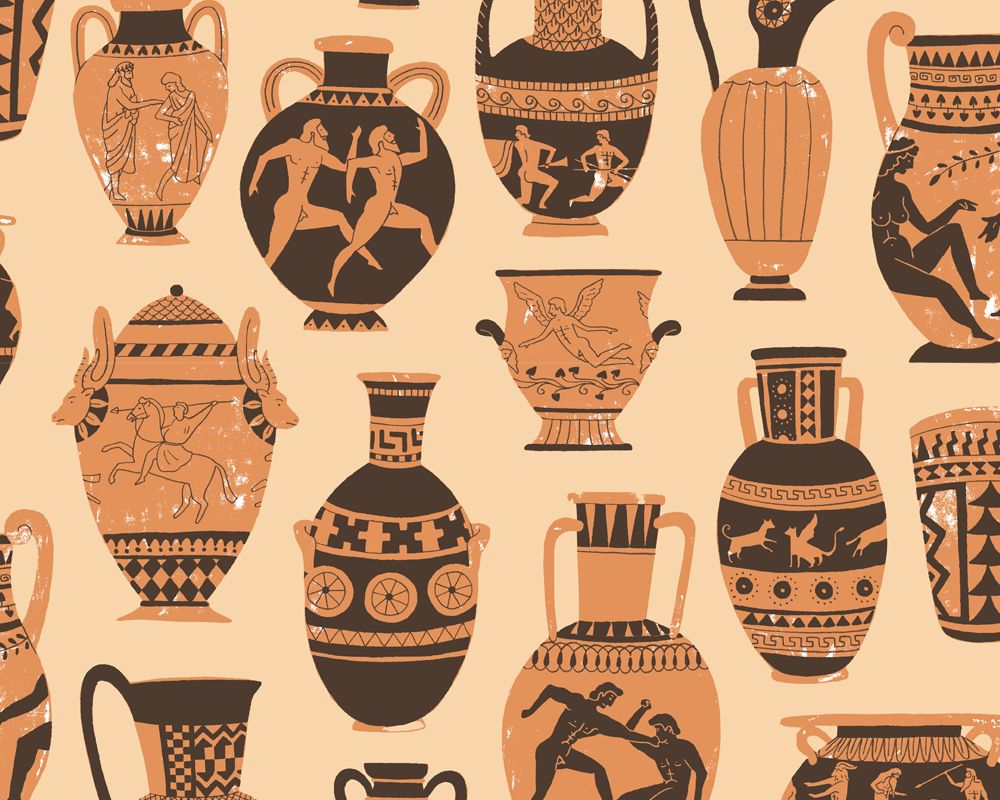
Greek pottery decorations have evolved significantly over centuries, with distinct styles and techniques:
- Geometric Period (c. 900-700 BCE): Initially, potters focused on geometric shapes and abstract designs. The motifs were often symmetrical, with meanders, triangles, and cross-hatching dominating the pottery surfaces.
- Orientalizing Period (c. 725-625 BCE): Influences from the East introduced animal and plant motifs. The pots began to show more lifelike depictions of flora and fauna.
- Archaic Period (c. 625-480 BCE): This era saw the development of the black-figure technique, where figures were painted in black against the red clay background. Scenes from mythology, daily life, and historical events became popular subjects.
- Classical Period (c. 480-323 BCE): Here, the red-figure technique emerged, reversing the color palette where the background became black and the figures remained the natural red clay color, allowing for more naturalistic representation and detailed anatomy.
- Hellenistic Period (c. 323-31 BCE): Artistry in pottery continued to evolve with an increase in narrative scenes, blending myth with realism, and a move towards polychrome decoration.
Techniques and Tools Used in Pottery Decoration

To understand the beauty of Greek pottery, one must grasp the techniques involved:
| Technique | Description |
|---|---|
| Slip Painting | A clay-water mixture painted onto the pottery before firing to create designs. |
| Incision | Lines or patterns cut into the painted surface to reveal the clay beneath, creating detail. |
| Added White | Used to highlight details or create light areas on figures against the dark background in the black-figure style. |
| Engobe | A clay slip used to color the entire surface or specific areas of the pottery. |
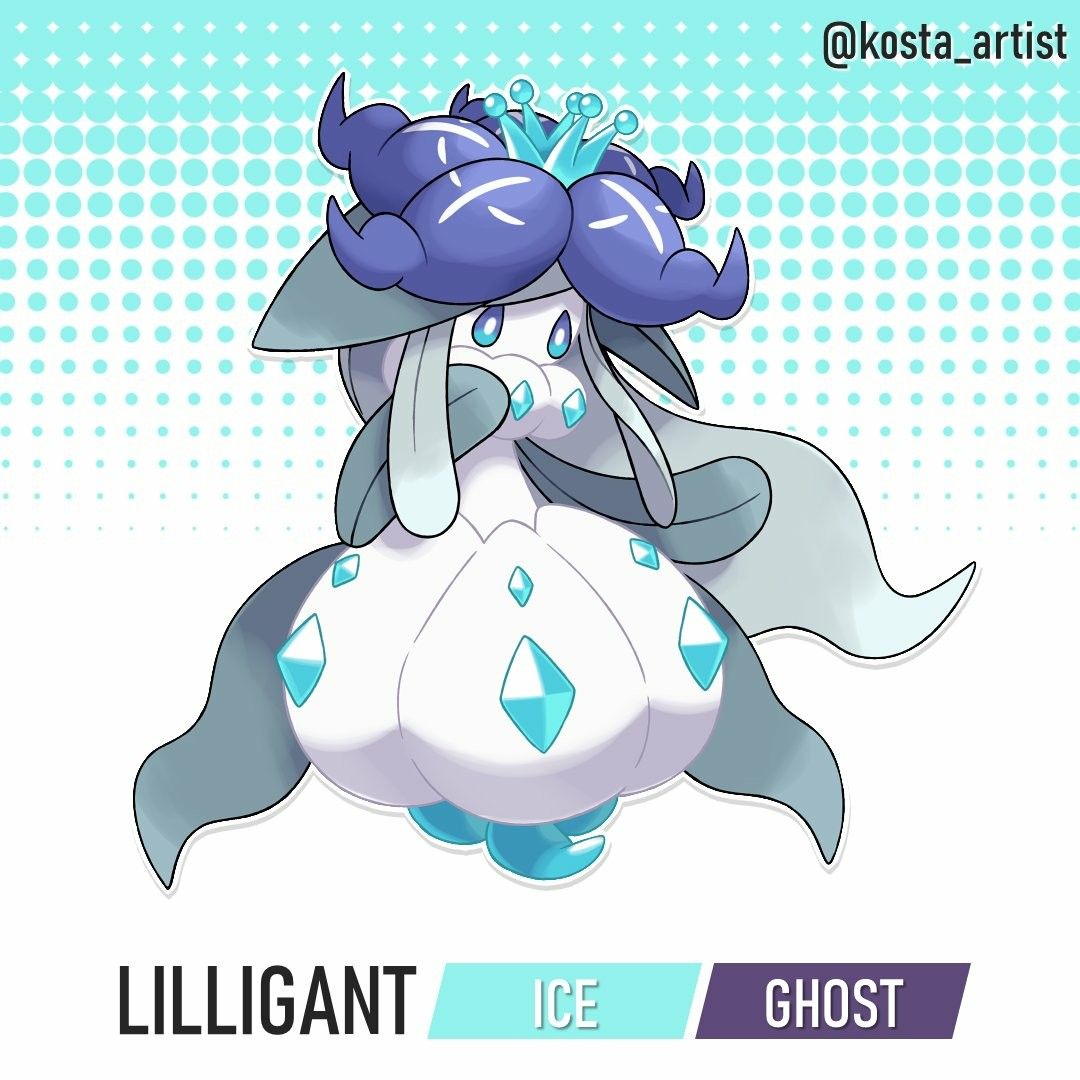
📝 Note: The firing process was crucial, transforming the slip into a durable black or red glaze, depending on the presence or absence of oxygen in the kiln.
Symbolism in Greek Pottery Designs
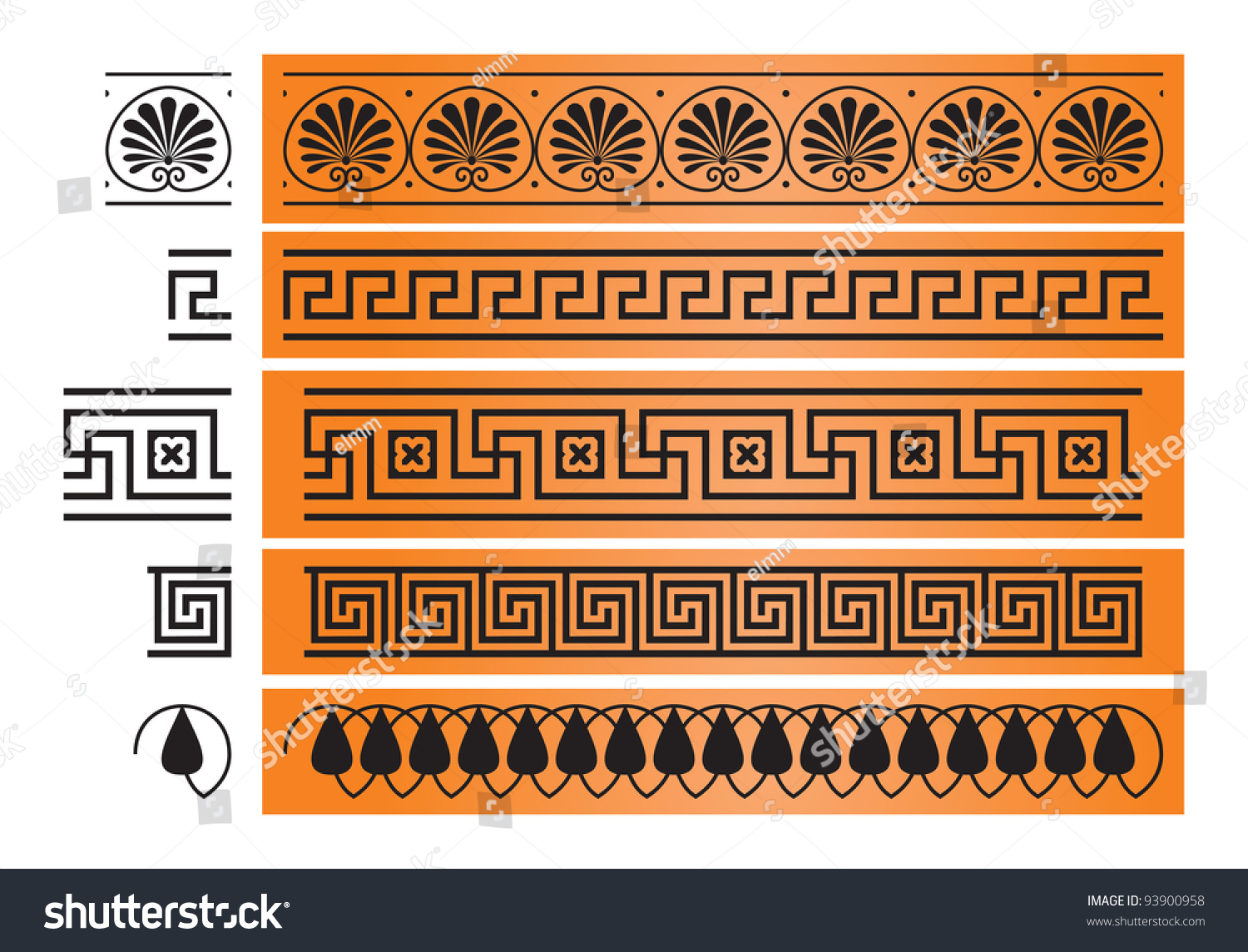
The decorations on Greek pottery weren’t merely aesthetic; they carried profound symbolic meanings:
- Mythology and Religion: Pottery often depicted gods, goddesses, heroes, and mythological tales, reflecting a society steeped in myth and ritual.
- Daily Life and Culture: Scenes from symposia, athletic contests, and daily chores depicted the Greeks’ social life, providing invaluable social historical context.
- Trade and Commerce: Certain motifs indicated origins or trade routes, suggesting a vessel’s purpose or value in ancient economies.
💡 Note: Some pottery, like the famous Athenian Lekythos, was specifically made for funerary contexts, often painted with scenes of mourning or departing for Hades.
Notable Potters and Painters
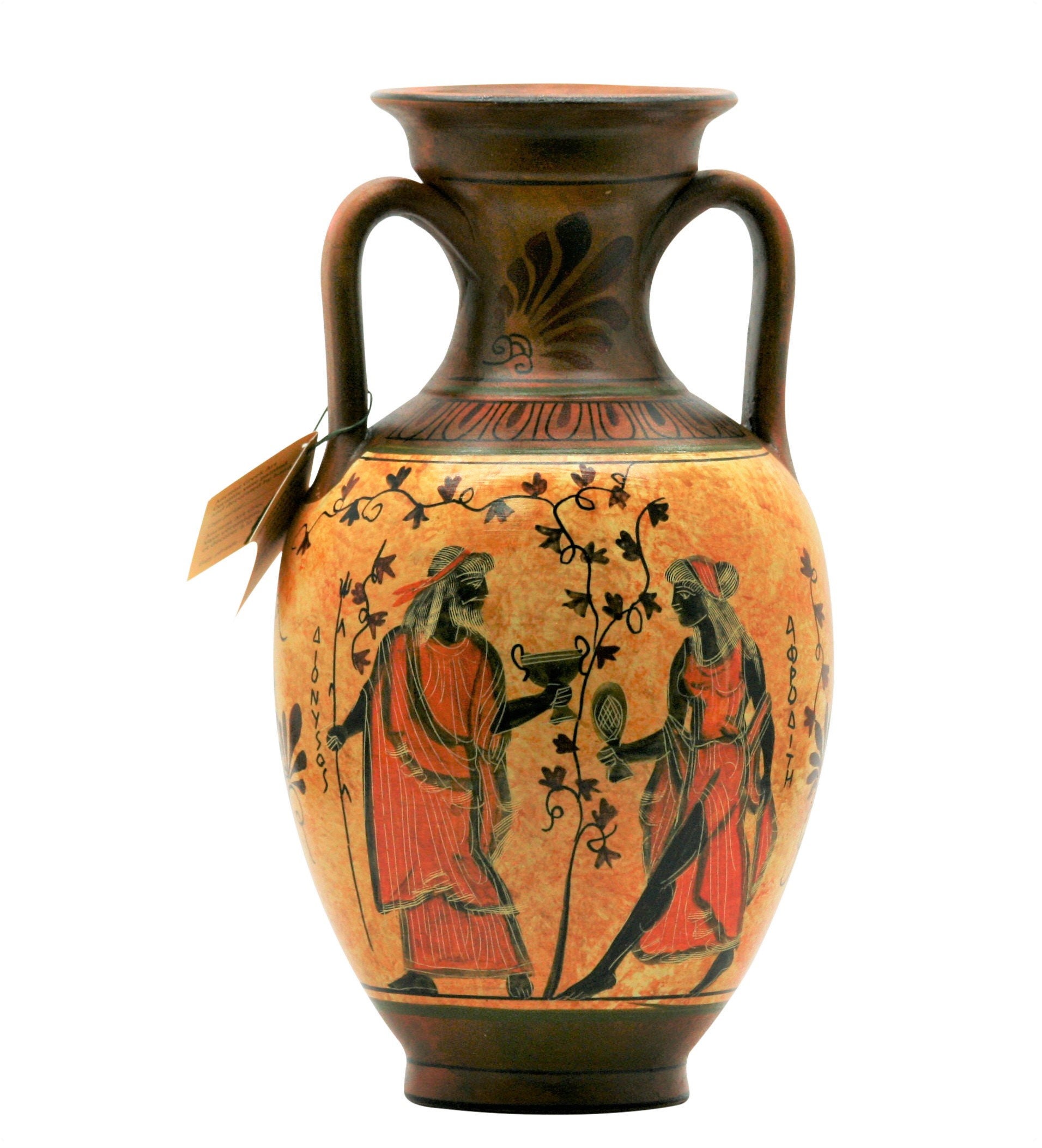
Though often anonymous, some Greek pottery artists left their mark:
- Exekias (Black-figure): Known for his mastery in the black-figure style, particularly famous for his depiction of the suicide of Ajax.
- Euthymides (Red-figure): Euthymides was one of the pioneers of red-figure pottery, showing a shift towards more three-dimensional representations.
- Douris (Red-figure): His works often included fine details and an emphasis on human anatomy.
- Pan Painter: Known for his lively scenes and narrative compositions.
Significance of Pottery in Archaeological Studies
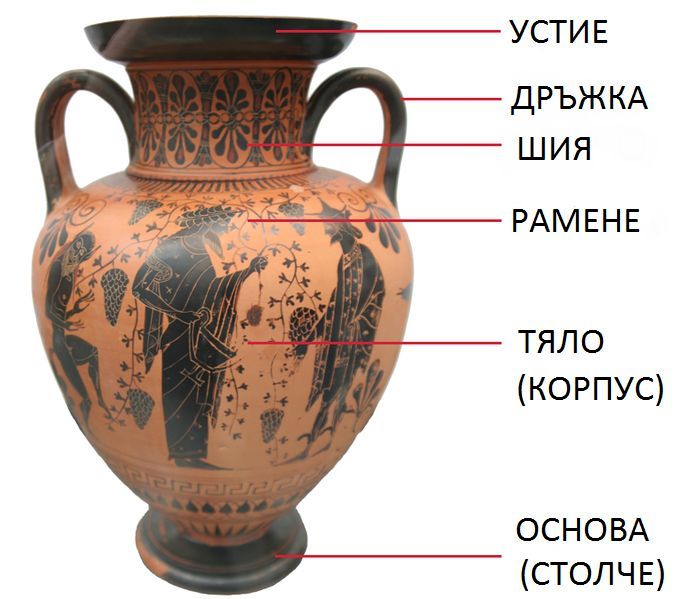
Greek pottery is not merely an artistic medium; it’s an essential archaeological tool:
- Chronology: Through stylistic changes, pottery helps date other archaeological findings.
- Trade Routes: The distribution patterns of pottery styles indicate ancient trade routes and commerce networks.
- Cultural Insight: Deciphering the scenes painted on pottery allows archaeologists to study ancient Greek society, religion, and political life.
📊 Note: Pottery fragments, known as sherds, can be statistically analyzed to understand population distribution and density in ancient Greece.
Modern Appreciation of Greek Pottery

Today, Greek pottery not only resides in museum collections but influences modern ceramic art, fashion, and even digital art. The timeless aesthetic and the depth of cultural meaning associated with these artifacts continue to inspire contemporary artists and scholars:
- Ceramics: Modern ceramicists study Greek techniques and styles to integrate historical methods into contemporary works.
- Interior Design: Reproductions or inspired pieces add a touch of classical elegance to modern decor.
- Digital Art: Greek pottery motifs are often digitized for wallpapers, textiles, and graphics.
Final Thoughts
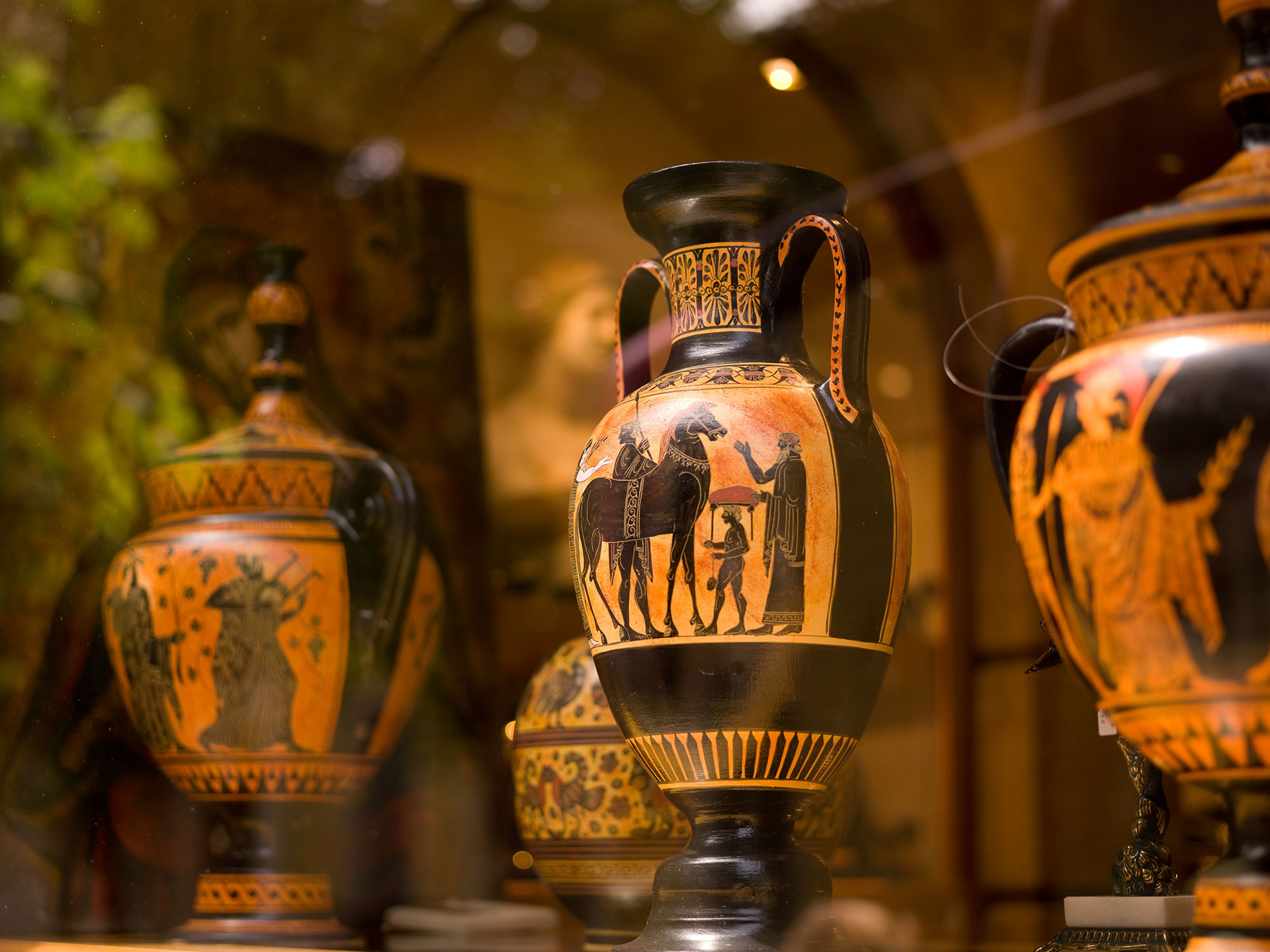
In exploring the decorations of Greek pottery, we not only admire their artistic beauty but also gain insights into the life, myths, and beliefs of an ancient civilization. These vessels, once humble containers for wine, oil, or ashes, now reveal intricate narratives that connect us to a bygone era. By studying Greek pottery, we continue to unlock the secrets of the past, understand the cultural evolution of humanity, and appreciate the timeless allure of these ancient artworks. The journey through Greek pottery decorations is not just an appreciation of art; it’s a bridge to understanding the past, our heritage, and the shared cultural experiences that define our history.
What are some common themes in Greek pottery?

+
Greek pottery often portrays themes from mythology, daily life, sports, warfare, funerals, and heroic tales, reflecting a blend of the everyday and the divine.
How was Greek pottery colored?

+
Greek pottery was not painted with colors post-firing. Instead, it used techniques like black-figure and red-figure where the clay’s natural color was used for figures or backgrounds, and slips turned black or red based on oxygen levels in the kiln.
Why is Greek pottery significant for historians?

+
It provides direct evidence of Greek life, culture, mythology, and history, offering insights into the social structure, trade, religious practices, and even personal names and identities through inscriptions.